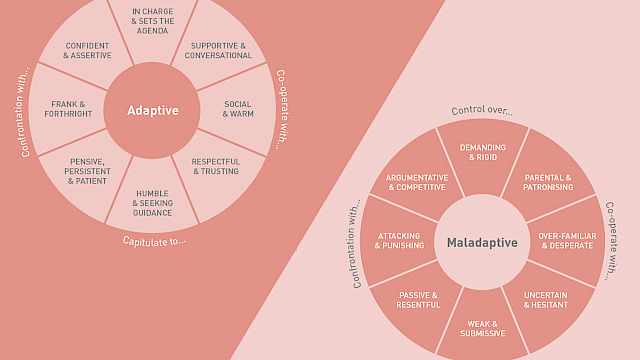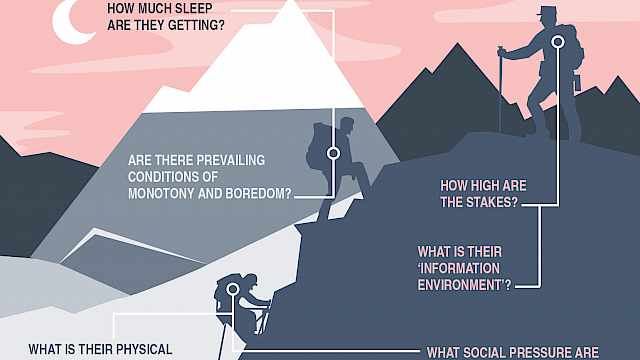Terrorists and criminals, like the rest of us, need to communicate and, like the rest of us, they look out for ways of communicating that meet their particular needs. Some features of messaging applications may make them more attractive than others to terrorists when coordinating and planning their activities or distributing propaganda – features like encryption and anonymity, for example.
As the current debate on encryption acknowledges, the use of apps for illicit communications has important ramifications for counter-terrorism, and not just in providing new ways to carry on old crimes.
People exploit emerging technologies for criminal or terrorist ends, but emerging technologies may also have qualities that enable or facilitate new types of criminal behaviour. There’s nothing new about this. Consider the early adoption of the printing press by Pietro Aretino (1492–1556) to disseminate illicit pornographic material, and the way in which more recently the development of search engines aids the collection of illegal images of children.
The use of apps for illicit communications has important ramifications for counter-terrorism
In 1878 Russian revolutionary Vera Zasulich committed what has been described as the first act of non-state terrorism: the assassination of a city governor. This act of political violence was possible because of the development of the powerful British Bulldog revolver, which was compact enough to be hidden under her shawl. Until then her only choices had been bulky Smith & Wesson revolvers, meaning that her plans to carry out a political assassination had remained on the drawing board.
As these examples demonstrate, both how technology can be used for current purposes and what new uses it might facilitate are issues that need thinking through. So in the case of messaging applications what are some of their characteristics that might be attractive to criminals and terrorists, and what new forms of terrorist activity might they enable?
CREST guide
In the CREST guide Introductory Guide: Messaging Applications, we assess some of the key features, and applications, which are attractive to illicit use. Three categories of characteristics are particularly notable:
- Presence – This relates to the kind of information which tells users when someone was last online, their location and whether they have read messages. For example, with Telegram, users can control the timestamps of their messages, disabling them or replacing them with approximate times.
- Verification – Using an email address or mobile number to validate identities are examples of the kind of processes that may, or may not be strictly enforced by some applications. Whether identities are verified or not can influence whether people trust those they communicate with. Twitter is a high-profile example of a networking service which supports messaging but which doesn’t require verification.
- Anonymity – Users may be able to conceal their identities by using pseudonyms or create accounts under different names that are not linked to their real contact details. The messaging application Firechat is one example of apps which allow messages to be sent from usernames as opposed to mobile numbers. Firechat users are not required to use real names so can send messages anonymously.
Novel features – like Telegram’s self-destructing messages and Firechat’s Bluetooth connectivity (which circumvents telecom networks altogether) – are of course intended by the manufacturers for benign use, although we need to consider how they might be used for malign purposes, too.
To be successful, terrorists and criminals need to keep their illicit activities secret, so it’s no surprise that they are drawn to communication methods that offer the potential for encryption and anonymity.
But as well as thinking about how criminals and terrorists use such apps to carry out their ‘usual’ activities, we should also be aware of the new activities that innovation in messaging apps could trigger.
Breaking barriers
In a special issue of Studies in Conflict and Terrorism, Anne Aly and colleagues point out that terrorists’ ability not just to reach out to a wide audience online but to engage that audience in two-way conversation has enabled the development of a virtual community – something that is difficult to achieve with traditional broadcast media.
New messaging applications allow for communication to become ever more personalised and ever less detectable. Without the assurance of anonymity, the plans of someone interested in engaging with that virtual community might – like Zasulich’s early assassination plans – remain on the drawing board.
Encrypted apps thus reduce one barrier to engagement.
Read more
- Ali Fisher (2015), ‘How Jihadist Networks Maintain a Persistent Online Presence.’ Perspectives on Terrorism (9: 33); Jamie Bartlett and Louis Reynolds (2015), The state of the art 2015: a literature review of social media intelligence capabilities for counterterrorism, London: Demos. Available at: http://www.demos.co.uk/wp-content/uploads/2015/09/State_of_the_Arts_2015.pdf. Last accessed 25/2/16; http://edition.cnn.com/2015/12/17/politics/paris-attacks-terrorists-encryption/
- Jonathan Coopersmith (1998), ‘Pornography, Technology and Progress’, Icon (97), 94–125.
- Max Taylor & Ethel Quayle (2008). ‘Criminogenic qualities of the Internet in the collection and distribution of abuse images of children’, The Irish Journal of Psychology (29: 1-2), 119–130.
- Mats Fridlund (2012). Affording Terrorism: Idealists and materialities in the emergence of modern terrorism. In Taylor, M., & Currie, P. M. (Eds.). (2012). Terrorism and affordance. A&C Black.
- Anne Aly, Stuart Macdonald, Lee Jarvis & Thomas M. Chen (in press). Introduction to the Special Issue: Terrorist Online Propaganda and Radicalization, Studies in Conflict & Terrorism http://dx.doi.org/10.1080/1057610X.2016.1157402
Copyright Information
As part of CREST’s commitment to open access research, this text is available under a Creative Commons BY-NC-SA 4.0 licence. Please refer to our Copyright page for full details.








